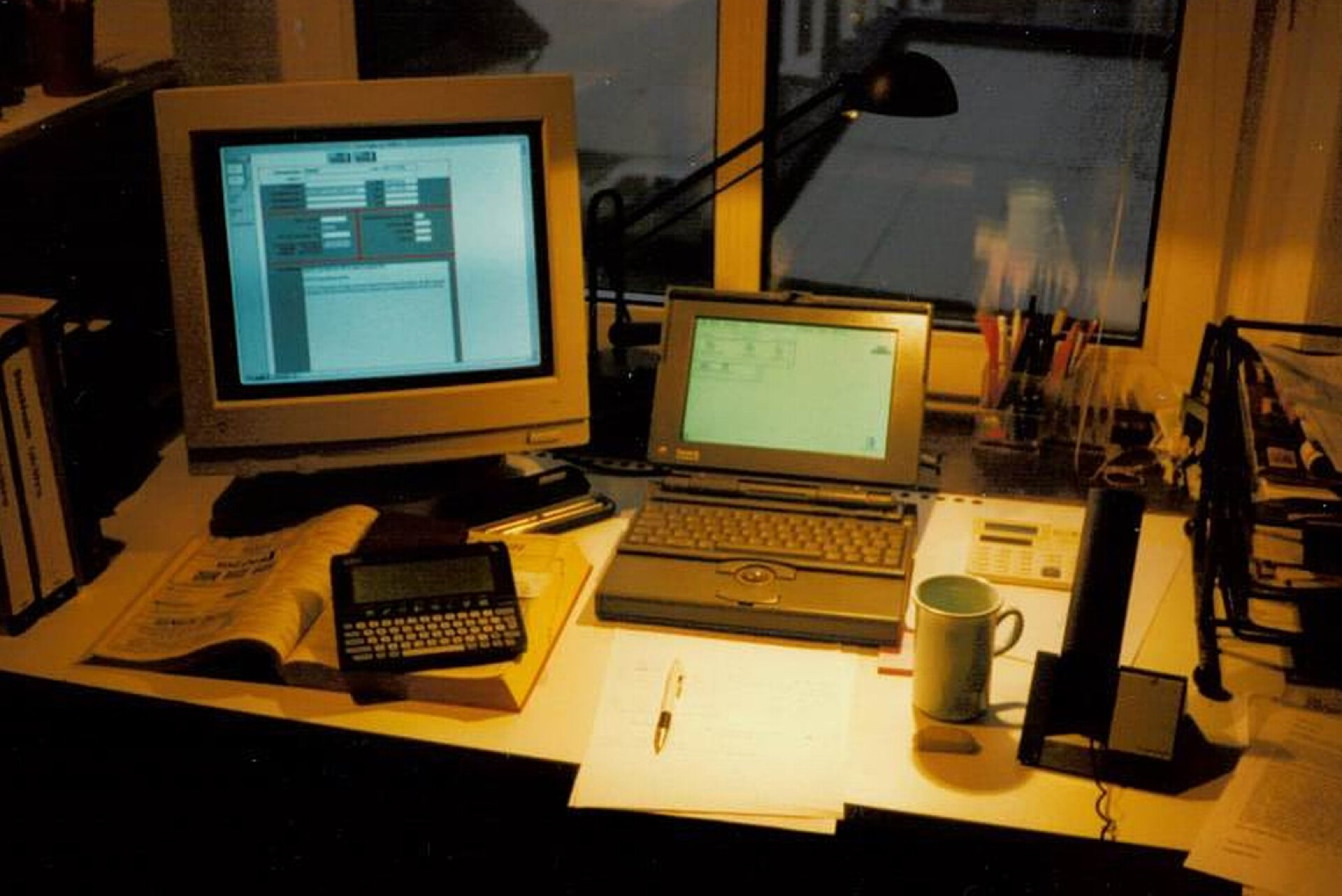1995
The problem and the solution
In 1995, a standard computer was expensive. Few people had one at home. Mobile phones didn’t exist. The internet was barely a thing. Students crowded into computer labs at universities and libraries. Owning a personal computer was a dream.
The idea of second-hand was already familiar to me—I had previously sold used tuxedos to students. A win-win-win for everyone: the student got to attend the ball, the older gentleman cleared out his closet, and I made a small profit. Creating something valuable out of something seemingly worthless was inspiring.
But with computers, it was different. New models were released every six months with faster processors, more memory, and bigger hard drives. Things moved quickly—unlike tuxedos, which haven’t changed in a hundred years. That’s why second-hand IT wasn’t seen as a viable option. You simply couldn’t sell it.
But I didn’t need the latest model—I just needed a word processor. A computer that fit my needs, at a lower price. So did my fellow students. But it was impossible to find. Shouldn’t you be able to buy a used one? Shouldn’t there be shops selling what people actually need, in a way they understand—at half the price and with a warranty? That’s when the idea for Inrego was born.
Now it was all about execution. How do you start a company with no money, when no one will give you a loan? You have to think differently. You have to create solutions. You have to be resource-efficient. And that’s where the journey began—with a concept that’s more relevant than ever today, and the foundation of Inrego’s entire business model.
At the heart of it all is resource efficiency.

